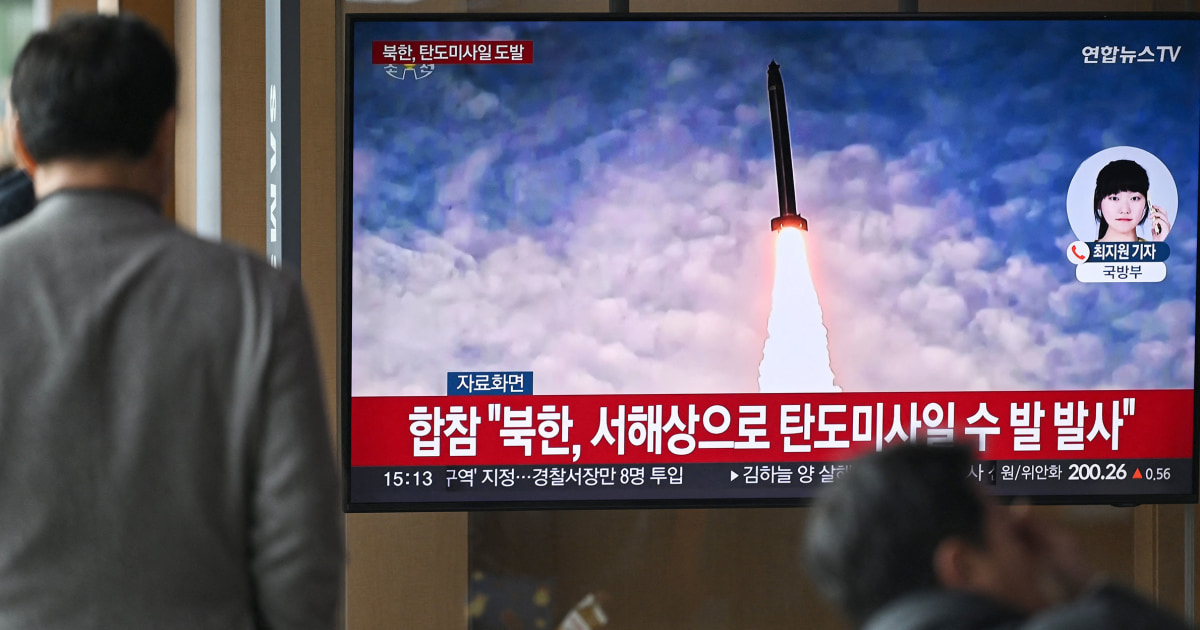Key takeaways:
- North Korea launched multiple ballistic missiles into the sea, coinciding with joint military exercises by South Korea and the U.S., which North Korea views as invasion rehearsals, leading to regional tensions.
- The missiles were launched from North Korea’s Hwanghae province, marking the fifth instance of such activity this year, often aligning with South Korea-U.S. military drills.
- In response, South Korea increased surveillance and is coordinating with the U.S. to monitor the situation, highlighting ongoing security challenges and complex dynamics on the Korean Peninsula.
On Monday, North Korea launched multiple ballistic missiles into the sea, according to South Korea’s military. This event coincided with the commencement of large-scale annual military exercises conducted jointly by South Korean and U.S. forces. North Korea has historically perceived these drills as rehearsals for invasion, which often leads to heightened tensions in the region.
The South Korean Joint Chiefs of Staff reported that the missiles were launched from North Korea’s Hwanghae province. However, specific details regarding the missiles’ flight paths or distances were not disclosed. This marks the fifth instance of missile launches by North Korea in the current year, underscoring a pattern of military activity that often aligns with joint military exercises by South Korea and the United States.
In response to the missile launches, South Korea has increased its surveillance efforts. The military is also working closely with the United States to monitor the situation and ensure readiness against any potential threats. The ongoing coordination between the two allies is part of a broader strategy to maintain stability and security in the region.
The missile launches were widely covered by media outlets, with images of previous North Korean missile tests being broadcasted on television screens in public areas, such as train stations in Seoul. This development highlights the ongoing security challenges on the Korean Peninsula and the complex dynamics between North Korea, South Korea, and the United States.



Be First to Comment